Quiet corners of the internet: on friendship, inquiry & slow connection
The internet can sometimes live up to its promise and be a force for good. One of the places where we think this is true is purpose-driven online communities that emerge organically and by choice.
One of the most satisfying aspects of producing videos and stories for *faircompanies and Kirsten’s YouTube channel is the ongoing conversation with an eclectic and engaging community of readers and viewers, especially those who have watched many of Kirsten’s videos over the years, for more than a decade.
Kirsten and I each had unusual upbringings and rigorous educations, and I’d like to think we are rather curious and pursue inquiry the way many of our most respected friends (and favorite authors, thinkers, etc.) have done to have a fulfilling life, and it seems to be working.
More than learning specific things, what you get from good mentors (regardless of being people you meet in the flesh or books, etc.) is the feeling that attitude and a way of looking at the world are more important than what we think. Inquiry—curiosity, questioning, the desire to understand—is both natural and nurtured. Children seem to tap into it instinctively, but some of this curiosity falls behind the challenges and setbacks of adulthood: the less curious, the more cynical and disenchanted.
That’s why anybody capable of keeping the flame of genuine inquiry alive through adulthood should feel blessed, for it might mean that they are working in something they find to have a purpose. And to those rearing children who are still young and are just discovering the marvels around them: their big “why” to everything is a reminder of the best part of humanity, and we shouldn’t prevent them from pursuing their unbound curiosity.
The spark that starts a sense of community
It’s been a long time, but I still recall a few teachers who understood the importance of respecting and nurturing personal curiosity when I was growing up. I also remember other teachers and parental figures who felt challenged by the overwhelming energy around them and preferred to prioritize more structured and top-down interactions, so there would be silence and a visible, disciplined “order.”
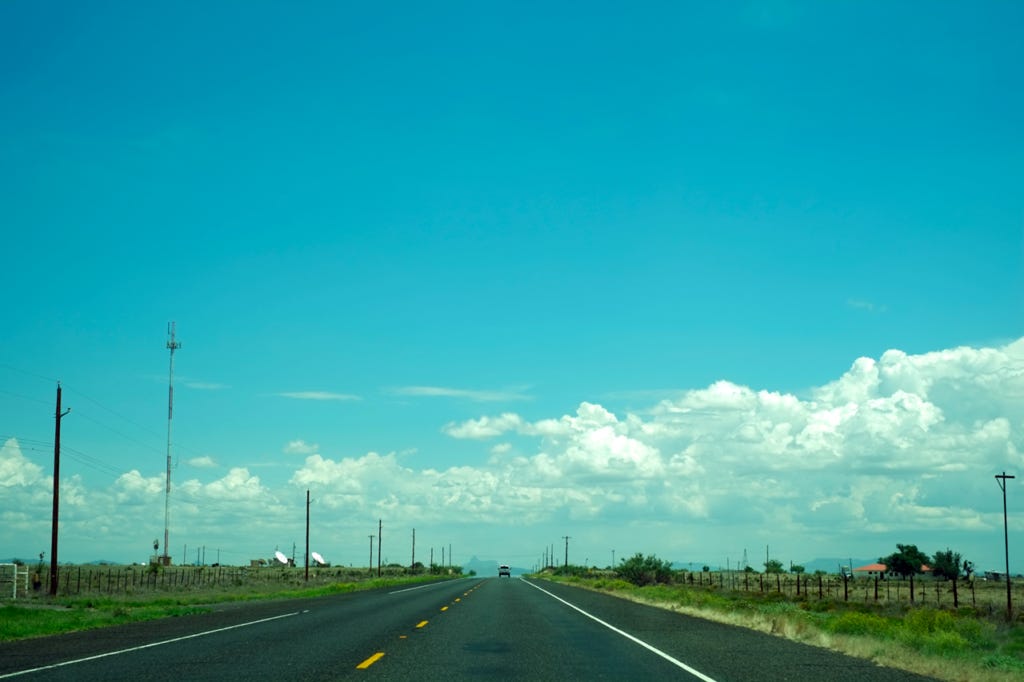
But, the same way life arose in the universe by particles seeking the emergent patterns of building blocks (from elements to molecules, from molecules to polymers like proteins, RNA, etc., from RNA to cells), some young children seem to thrive in apparent unstructured chaos, making meaningful connections that prove their still untamed intelligence.
As we grow older, we forget some of the things that sparked our curiosity about the world; however, many of us are fortunate enough to recognize in others, and in ourselves, the living spark of this inner curiosity. Some of the interactions that arise from viewers and readers bring not only many stories but also help push the boundaries of alternative building and philosophies of life, and hopefully many other topics. And we recognize those willing to participate in this collective inquiry as “friends,” or rather, individuals that bring the best part friends can offer, knowing that (due to distance and other constraints) this definition isn’t conventional.
People define friendship differently; to us, it isn’t about maintaining high-maintenance, big-brother-level of intrusive relationships with others but rather the opposite. To us, good friends and people you’ve just met who enrich your perspective on a specialty, a topic, or the world, have something in common: they don’t crave attention but try to learn something while sharing their perspective and unassuming wisdom in return.
We’re fortunate to have met many people and count them as friends over the years, even if we don’t talk or interact with them regularly. This shouldn’t surprise anyone, as people who engage with and follow up on projects most endearing and inspiring to them do so by choice.
True friendship isn’t closeness or high-maintenance interactions
Back in the nineties, British anthropologist Robin Dunbar stated that people can’t have more than 150 “friends.” Dunbar argued that cognitive and time constraints prevented people from maintaining stable social relationships beyond this number; other authors later on elaborated on this idea to furnish their hypotheses, from Malcolm Gladwell in The Tipping Point to Cal Newport (author of Digital Minimalism).
Dunbar defines friendship in a reductionistic manner, associating it only with structured, close-knit relationships that require frequent in-person interaction. That’s why Cal Newport rightly critiques the most superficial (and often toxic) types of connection on the internet, like the illusion of connection created by most social media platforms, in which it’s easy “to add as a friend” with little to no real affinity, interaction, or shared values and purpose.
There are niche digital communities that are significantly larger than the Dunbar number, and the rising popularity of Reddit demonstrates that people value meaningful interactions, albeit sporadic and asynchronous. In our experience, many people interested in our content wouldn’t be considered “friends” according to traditional definitions, but if given the option, we’ve found that many of them will behave in a manner that we’d call friendship with no hesitation.
Despite the bad name given by their most prominent incarnations, digital communities can play a positive role in many people’s lives. Spanish sociologist Manuel Castells has written extensively about network relations. According to Castells, networks are open structures that can expand to become significantly larger than the Dunbar number without losing meaning, as they share similar communication codes and expectations.
Email & comment conversations over the years
Although we’ve visited hundreds of people to produce videos around the world, meeting relatives and others along the way, limiting our “friendship footprint” to only real-life interactions would be reductionistic. Over the years, many people have written thoughtful comments on YouTube and other platforms, and many of them have reached out to us through our contact form on the site.
There are many stories that corroborate this sense of community, based on a shared yet flexible sense of affinity. In February 2024, for example, we received a message (in Spanish) from an architecture student from Madrid who had been a resident of Barcelona for over a decade. She had just graduated and wondered what her next steps would be in life (when somebody is eager to show their vulnerability, they are already signifying their sense of belonging to a community, even in their first active “participation,” in this case through a message). She also mentioned her interest in the renovation of our country home near Barcelona, which we had shown in a couple of videos, and wished to invite us someday to produce a story of a place of her own.
I replied to the thoughtful message a few days after, and got a response not long after. Then, as it often happens, the conversation went silent, until a few weeks ago when she emailed again through our comment section, recalling our first conversation and asking whether we had a copy of it, for she couldn’t locate it in her email inbox. She is now very close to obtaining the license to sign projects on her own, and also congratulated us on our recently published book, which she hoped to buy (and see in a local edition as well). She finished her message by inviting us to meet someday:
“Lastly, I’d like to put out the invitation that if, at any point during your globetrotting schedule, you pass through Barcelona/Catalonia and happen to have a free moment, I’d be delighted to meet you and congratulate you in person. I’m not sure if I already said this in my previous message—wouldn’t be surprised if I did. I hope these words don’t overwhelm you; far from trying to flatter you or sell you empty praise, I simply want to express my gratitude for everything you share. Just like you say about the stories and projects you feature, your own project also sparks curiosity and inspires restless minds like mine.”
Things discovered through others
In response, we offered to forward the previous email exchange. And, since we happened to be in Spain at the time, we let her know that we’d be in Barcelona, although with little time. In the end, a little effort from our part meant a lot, for it reminds us that the community is nurturing as long as it remains based on mutual respect, sincerity, and shared purpose. When interactions are sparked not by algorithms or performance metrics but by genuine curiosity and connection, something meaningful endures. That short meeting—just a conversation over coffee—felt like a natural extension of a dialogue that had already been unfolding for months, even years, across different mediums and time zones. It reaffirmed what we’ve long suspected: that slow, intentioned exchanges—however sporadic—can foster a sense of belonging that transcends geography, and that friendship, in this broader, lighter definition, is alive and well in these quiet corners of the internet.
Additionally, she brought a book as a gift, and we gave her a signed copy of our book, which—Kirsten and I believe—meant a great deal to her. That’s how I came to know The Wall, a 1963 novel by Austrian writer Marlen Haushofer. Never underestimate book presents: a little over two decades (!) ago, a work colleague left the little media company we both worked at in Barcelona, gifting me a copy of Austerlitz by Max Sebald.
As a personal take, to get some of the best quiet, introspective novels, you need friends who want you well, because you won’t find everything on your own, or it will take you longer, especially if you’re banking your cultural recommendations on either the corporatist reviews or yesteryear or the current army of algorithms and their human counterparts recommending books on TikTok and similar platforms. Not all recommendations are created equal, and your intuition will guide you to trust the right ones with incisive success.
I wish this worked out as well for stocks or life advice; I don’t know whether it’s good or bad, but old rants like those of Michel de Montaigne and Pascal, or philosophers who died a long time ago, sound more prescient to me than all those podcasts offering often terrible musings under the sugarcoated promise of connection. That said, we need to recognize the value that some of these recorded conversations and informal interviews hold for viewers who often struggle to find meaning in a digital environment designed to increase transactions by appealing to convenience and undermining self-restraint (they feel more real and less commercially predatory, though they often are not).
It’s not possible to get to meet everybody in person. However, sometimes, after years of correspondence, it finally happens. We visit some of them at their place, and it never feels we’re visiting strangers: we knew them before, thanks to a message, a conversation, or a spare but constantly engaging and nurturing correspondence.
Bringing intention to constructive (& enriching) online interactions
For all the deserved criticism of the effects of social media on the mental health of teenagers and adults, there appear to exist purpose-driven communities online, sharing an ethos that seems constructive and driven by inquiry, rather than destructive and confrontational. Digital connection isn’t always a hellscape, but context matters a great deal. Healthy communities have intention and depth of interaction.
Shelter Publications founder (he has sold the company lately) and Self-building legend Lloyd Kahn built an enriching network of friends and acquaintances over the years, and this organic community responded giving the love back: we’ve visited tens, probably hundreds of people who count at least one of Lloyd’s books in their shelves (Shelter is probably the one that has popped up the most).

Lloyd’s organic community of people has gained knowledge on self-building and practical philosophies of life over the years by sharing their projects and being inspired by others’ projects in return. Years ago, people lacked information or inspiration about alternative lifestyles near them; now that is no longer the case, thanks to the explosion of user-generated content on the internet. However, Lloyd’s voice has always helped others identify the signal amid the growing noise.
His newsletter, and lately his Substack, Live from California, continue this tradition. We can attest how this happens: we still remember how, over the years, Lloyd would send an email our way as a follow-up to a previous meeting or conversation, asking to confirm our address to send a new book our way. I’m sure he would do so with many, many people. No algorithm can substitute for authentic, human care of others (which most times relies on a feeling of our intention, the possibility of care, and not the actual thing).
This will hold truer in the future, when the real frontier becomes what truly makes us human. I can’t fully define what makes us human, but I suspect it has to do with our need for connection, the guidance we receive from others, and our responsibility to pass that on—by trying to be decent specimens of our species.
Creating and sharing more value than we capture
This is probably the part that concerns me most about the future. How to help preserve, from an unimportant and rather peripheral position, our humanness, so others can be inspired in similar ways that we were when reading nurturing books or hearing about what people like Lloyd have been up to lately. Many others are in his same position, having created authentic and fulfilling networks of people who genuinely care about others and the world.
The same way that advocacy has some value at all if it costed you something to advocate for something (because, otherwise, it’s just comfortable posturing), the only way to nurture real relationships consists on working for others to benefit from what you’re doing, and not doing so for the sake of just monetization (or due to the timely need of feeding the ego or because the zeitgeist makes it cool to take one position or another).
Even in the current digital environment, we can still find such communities if we keep our eyes open and have good friends and acquaintances to guide us. And even when we are sometimes merely a part of the “audience,” hardly interacting or trying to get in touch with anyone, let alone the creators of such a community, we benefit from those places where we have the feeling that more value is being shared than captured. This principle of creating and sharing more value than one captures, first articulated by tech publisher Tim O’Reilly in articles like his 2011 essay Work on Stuff that Matters, drives many of such informal communities, consciously or not.
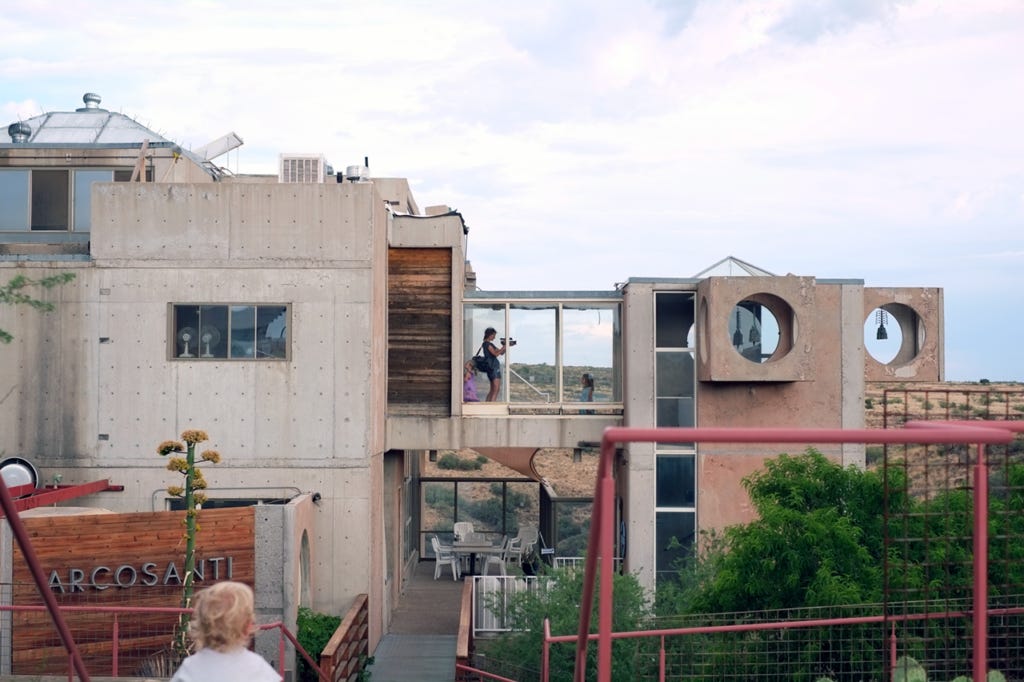
In our case, many people ask for advice (in life, in personal cul-de-sacs, in building projects, in career upheavals, etc.), and we’ve come to realize that sometimes it’s impossible to provide a guiding response. In part, our book Life-Changing Homes aims at tackling this limitation by expressing the beauty and meaning we’ve found over the years so others can have it distilled, summarized, and ready to be emulated and put into practice.
A case in point: on July 16th, we received one such message:
“Hello,
I am a loyal watcher and student of all your programming. I grew up in the shadows of FLW & Palo Soleri, living in the deserts of Arizona. Seeing the house of the future in elementary school and then an environmental science class further opened my eyes as to how the world was evolving in the wrong direction. I am reaching out as I am in a ‘ground up’ design phase of a total autonomous home to create and implement all aspects of a healthy, affordable, income-producing sanctuary encompassing all of your points of interest covered over your many years of documenting. Is there a specific home or project that has stood out from all considerations? I know this is a broad request. Ideally, we create a retreat that highlights such innovations, design, materials, and knowledge to educate today’s and future applications. Our site will be within the Southwest American desert. I welcome your insights and other suggestions or other like-minded projects you may be aware of. Thank you.”
We had been traveling and I could hardly attend to personal stuff, so it took some days for me to come up with a response that could carry some meaning and, hopefully, face value.
Dear [name],
Thanks for reaching out.
Your question is prescient, and we try to address it in the final chapter of our book Life-Changing Homes, called “Future.” On it, instead of going full Jetsons and highlighting flashy sci-fi-looking houses, we provide an assessment of long-lasting, affordable, and healthy materials that are both a part of old vernaculars but also a part of the future since they are among the best-performing materials. Lime mortar and lime plaster for finishes, natural fiber composites like hempcrete and strawbale for structural work, etc.
Many of the houses we’ve liked as feasible, really livable projects, aren’t among the most popular videos. Consider, for example, this self-built hempcrete house with a prefab foundation in Catalonia, Spain.
The answer to your question would depend on the climate you’re building into, the vernacular of your area, your budget, and/or your willingness to do non-conventional work yourself (with the help of YouTube videos, etc.), as well as other considerations.
If you’re aiming at ambitious projects, this roundhouse in the Sierra slopes feels great inside and looks great, too.
The builders/owners, Neil and Stella, are somehow a part of the project of Geoships, which is also very interesting and idealistic, though proprietary and early-stages.
Hope this helps!
If you can’t grab a copy of the book for any reason (money, etc.), try to ask for a copy at your local library. If they get it, you guys will be able to use it!
Best,
Nico
How the first American public lending library came to be
My response provided examples tailored to the ethos and tone of the message we had received. There’s no generic response to particular questions, and that’s a good thing. Instead of providing a one-size-fits-all, we aim to document what others have to say and how they live, so our audience can grasp how it would be if they were to integrate some of what they see in their lives. Sometimes, it isn’t less about the way they live, but their intention and attitude, which trickles down to their environment.
Unlike snake oil sellers, people like Lloyd Kahn, Tim O’Reilly, and others who manage to provide advice even when they don’t intend to, are the ones who understand how much more fulfilling it is to create more value than one captures.
They also display the rare wisdom of knowing where trends are going while keeping their own rooted path, leading by doing. They seem to build environments with the goal of empowering others, rather than flaunting success and domination; they nourish without preaching or controlling; they endure without the spectacle.
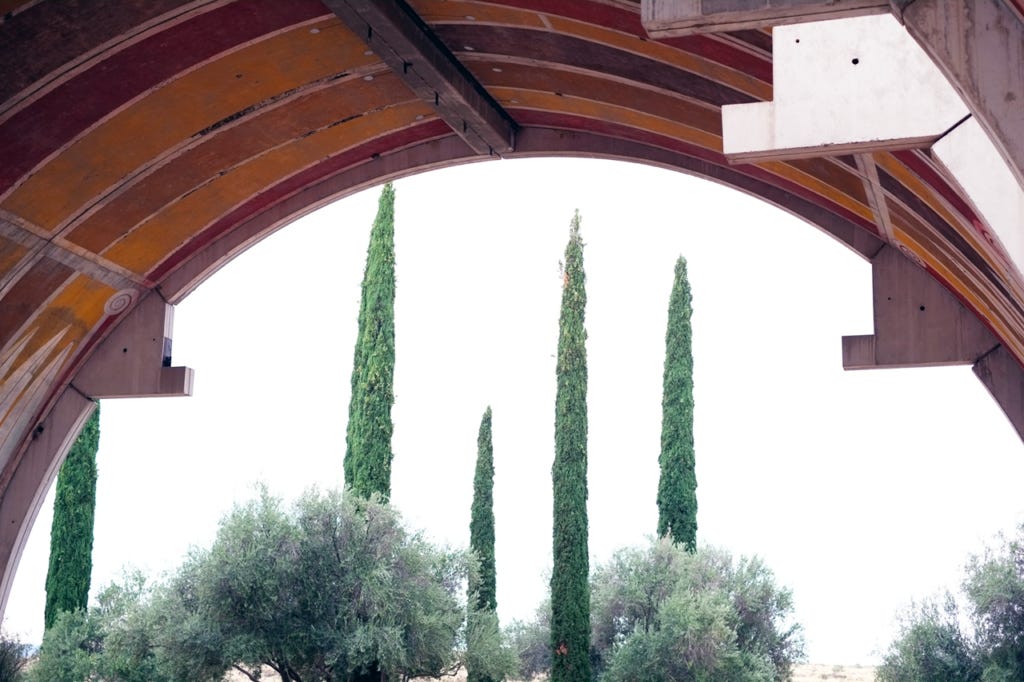
The best communities seem to be driven by the same aims of worthy people: they aren’t promising impossible cures, and when they inspire change, they hardly take credit, just like when Benjamin Franklin created the first American lending library by encouraging subscription and participation, as Franklin himself explains in his autobiography.
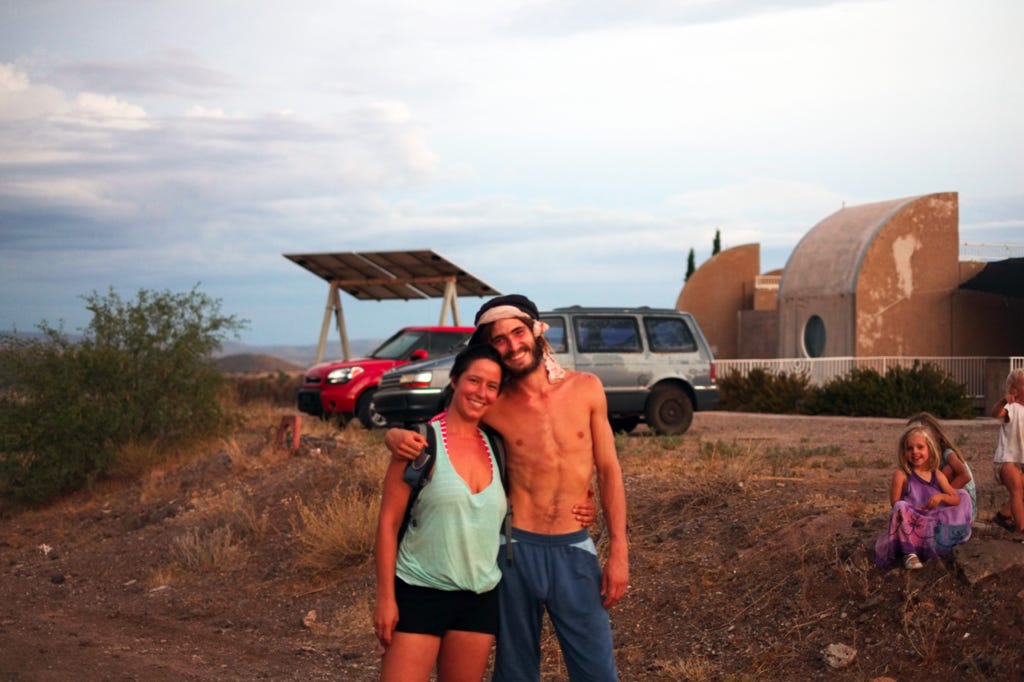
Like the Taoist precept:
“When the Master governs, the people
are hardly aware that he exists.
Next best is a leader who is loved.
Next, one who is feared.
The worst is one who is despised.If you don’t trust people,
you make them untrustworthy.The Master doesn’t talk, he acts.
When his work is done,
the people say, “Amazing:
we did it, all by ourselves!”





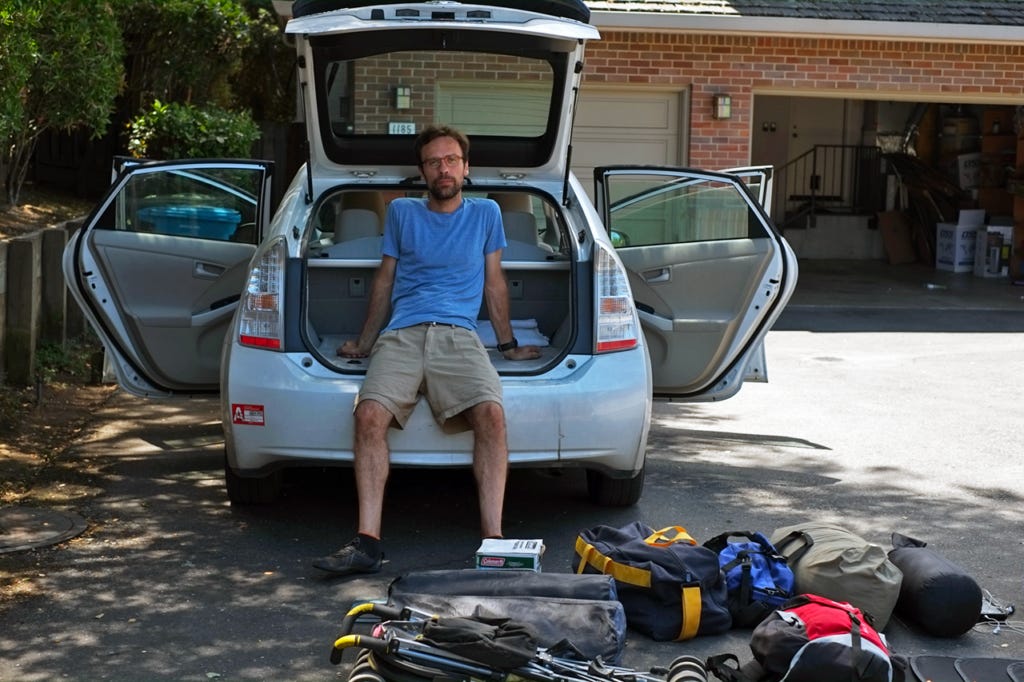
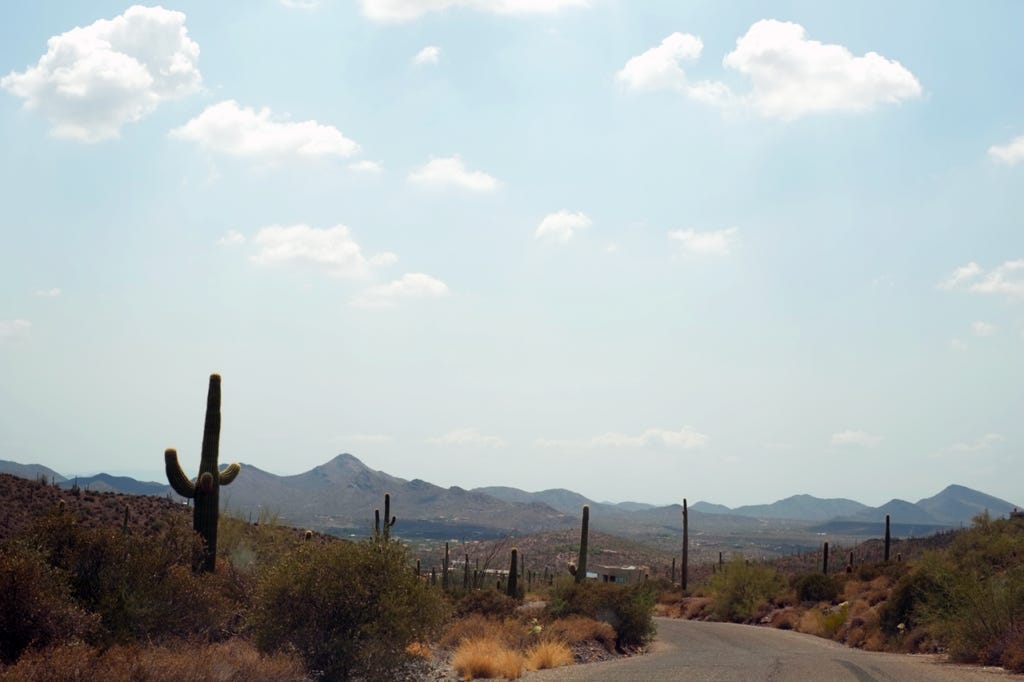
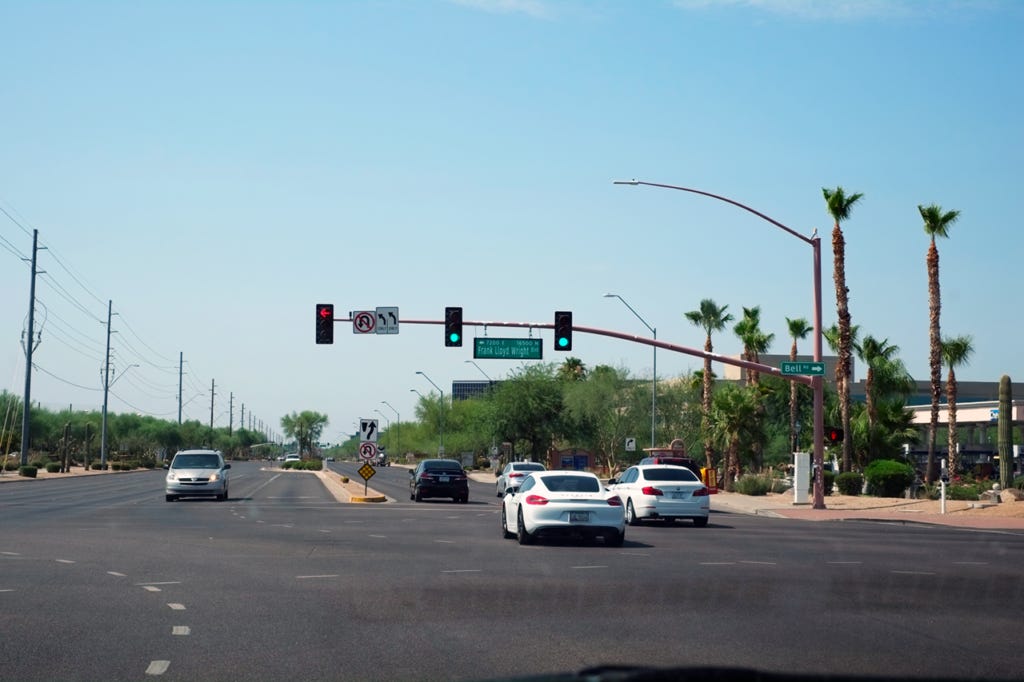
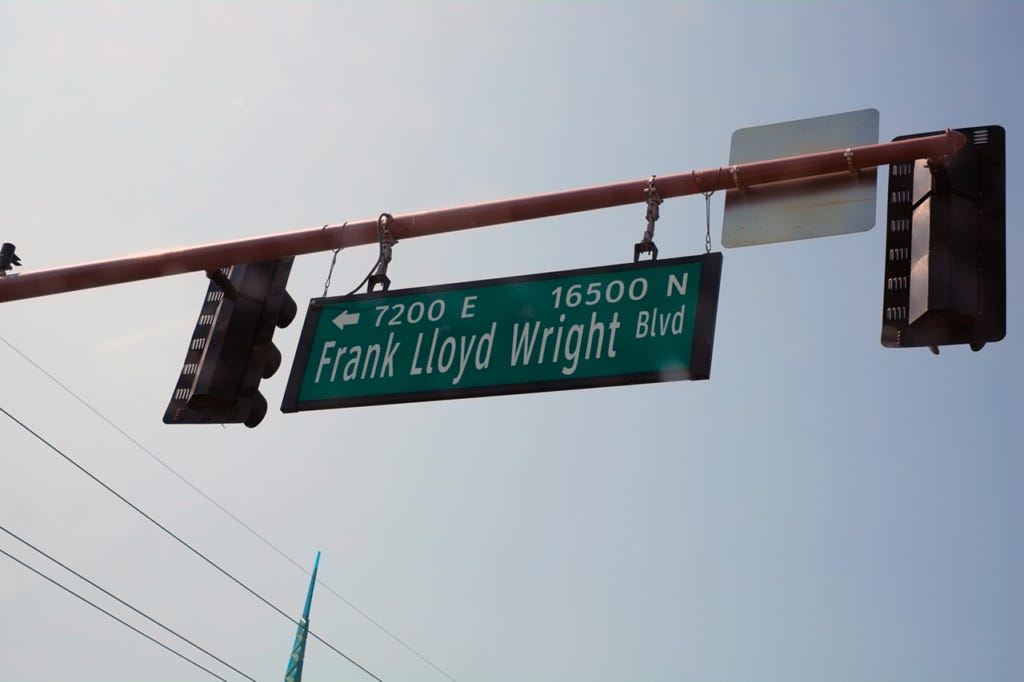
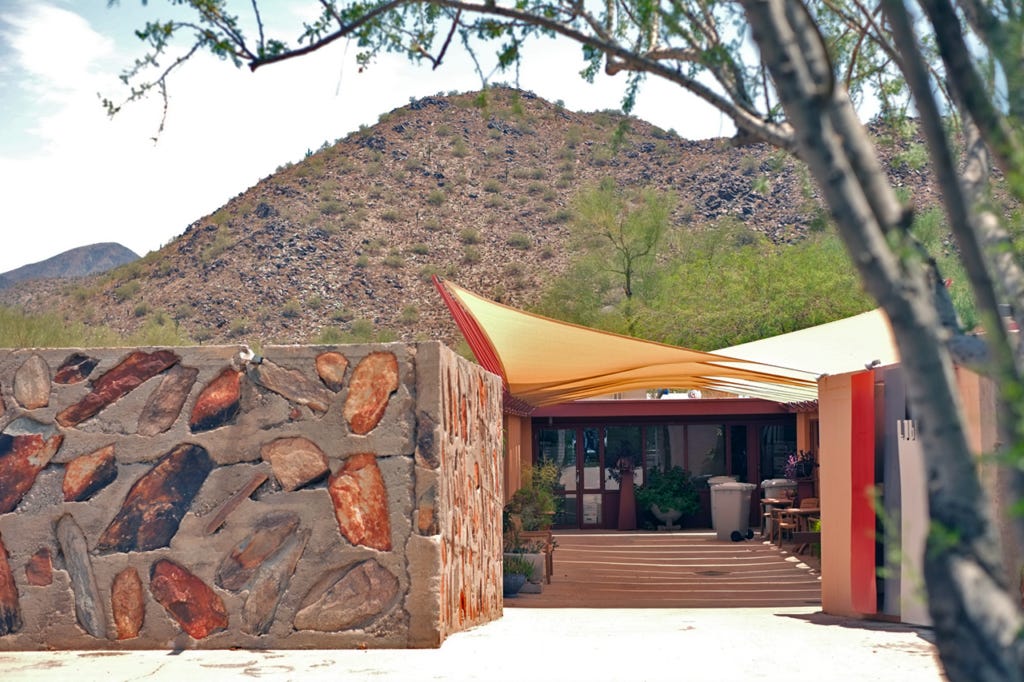

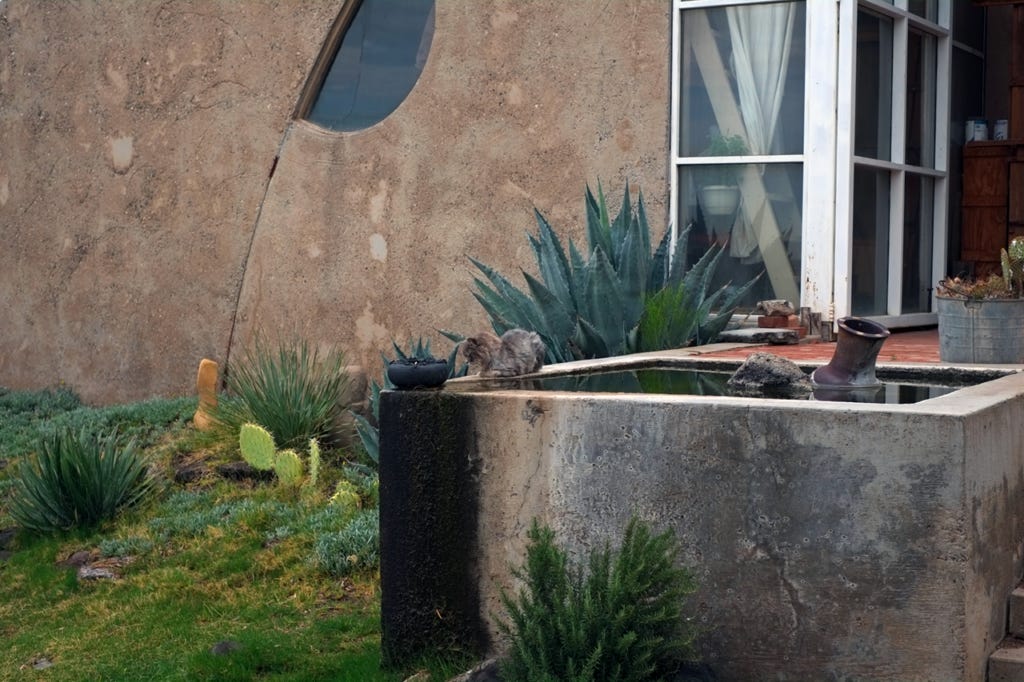
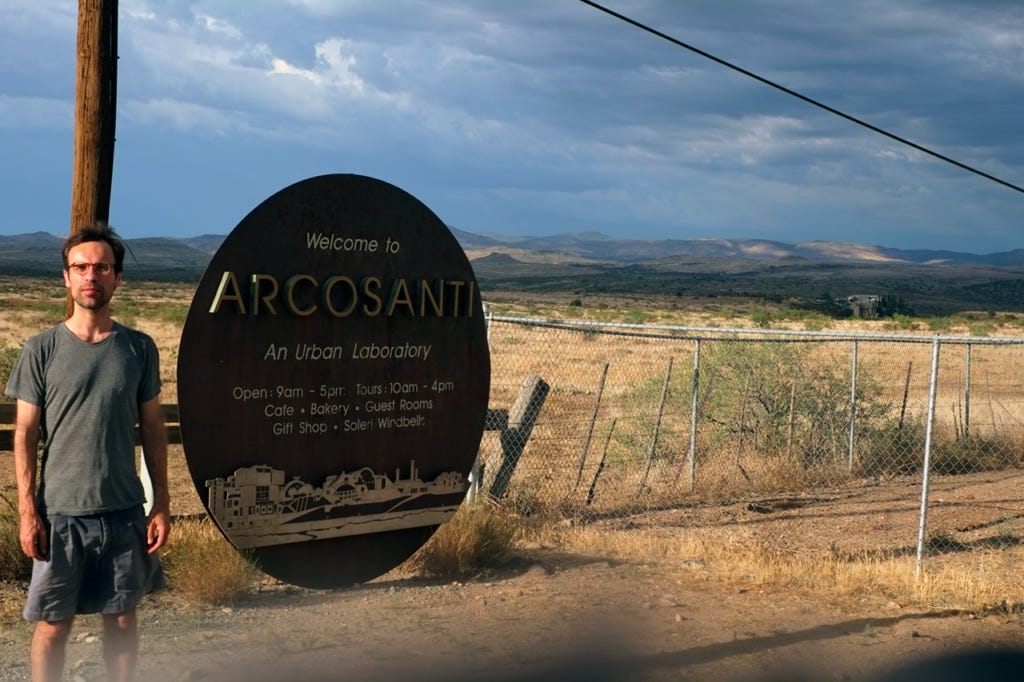
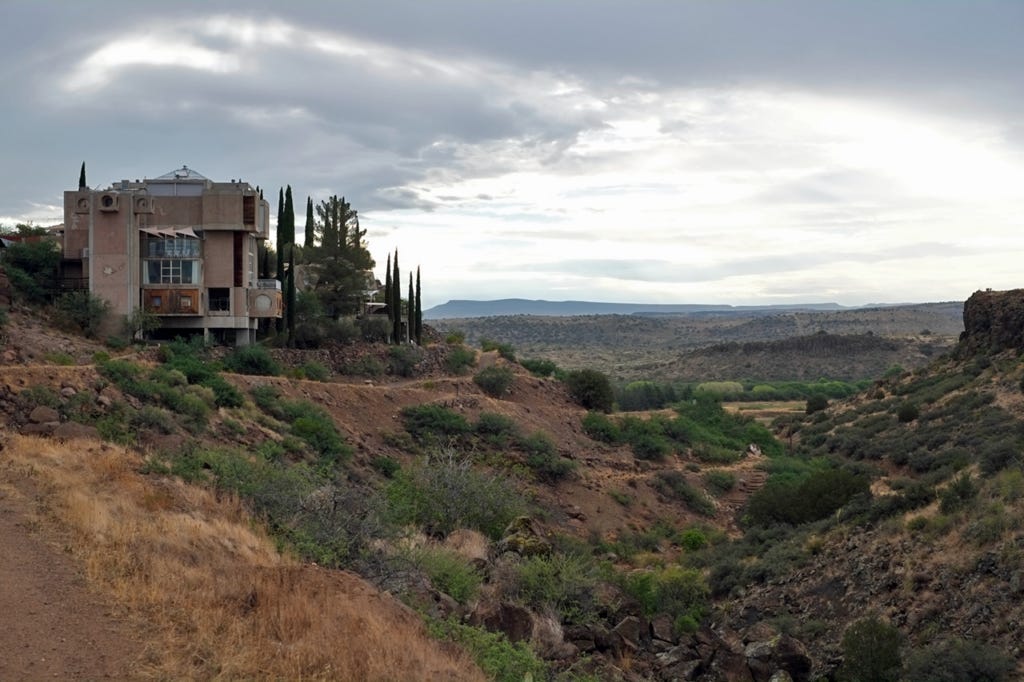
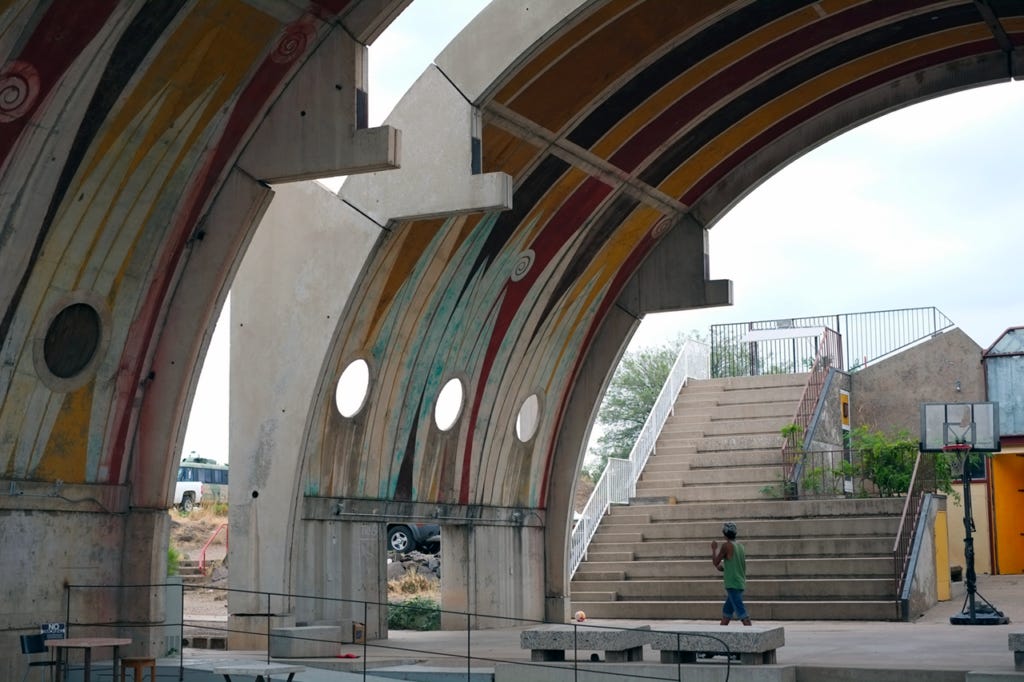
Wonderful writing Nico! To wit;
"But, the same way life arose in the universe by particles seeking the emergent patterns of building blocks (from elements to molecules, from molecules to polymers like proteins, RNA, etc., from RNA to cells), some young children seem to thrive in apparent unstructured chaos, making meaningful connections that prove their still untamed intelligence."
Much love